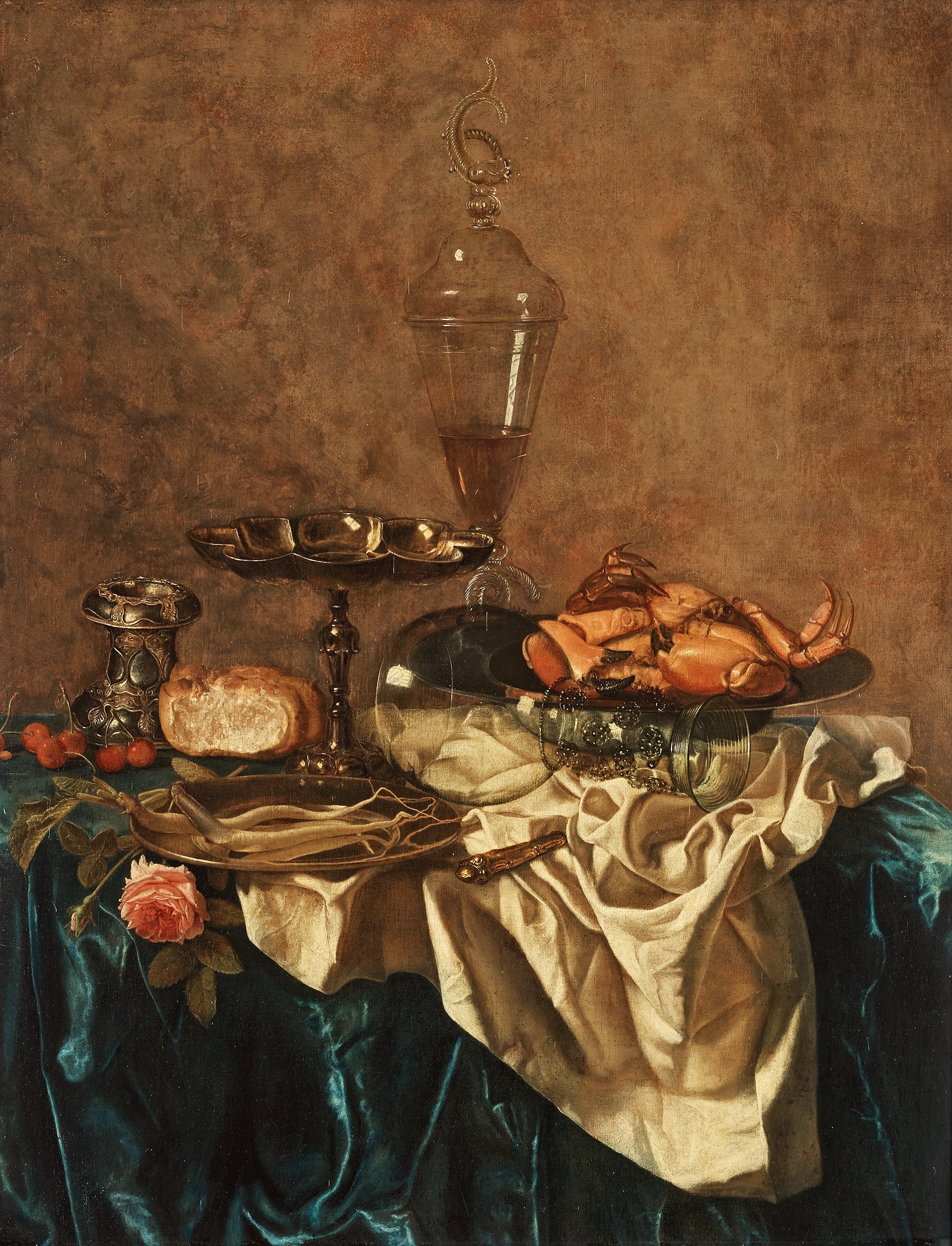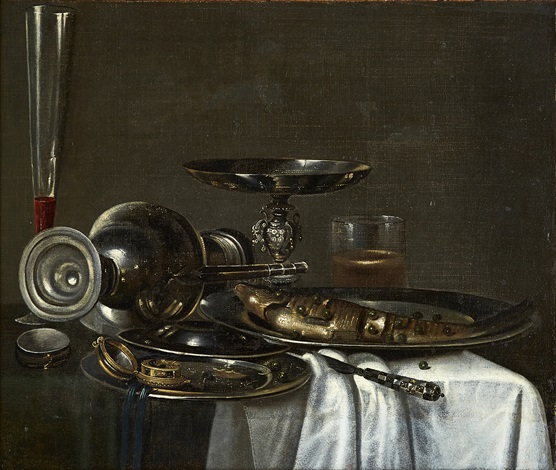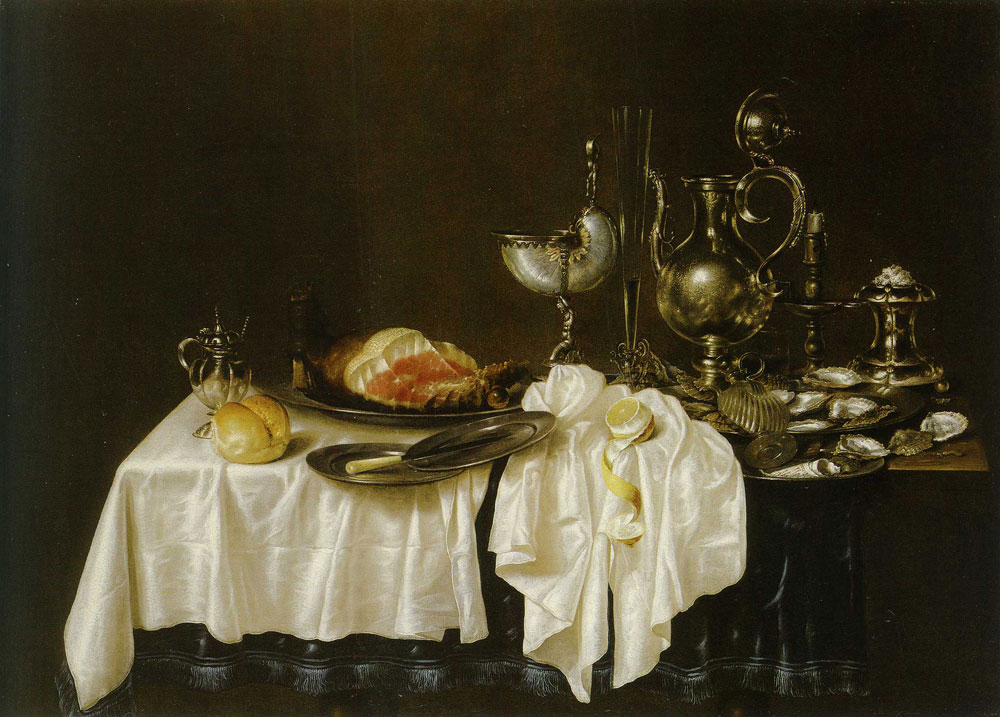


The overturned glass and silver compote are ‘‘momento mori”, as is the cluttered appearance of the objects. The broken and dried out roll leaving crumbs on the table represents the bread of life. Many still lives were recognized as “Vanitas,” works to remind people of the eventual end of life and the need to guard against sin, one of which was indulgence. With sugar added to the juice, it is refreshing drink, but without the sugar the juice is sour.Ī formerly Catholic people, Dutch Protestant were accustomed to finding many symbolic items in paintings, this tradition continued with the Dutch Protestants. The yellow color of the lemon reflects the color of the sun which radiates positive energy, and the juice was discovered to be a natural cleanser. Peeled lemons allowed the artist to paint four textures: the lumpy outer skin, the white rind, the transparent white sheath covering the fruit, and the juicy inner fruit. Peeled lemons had become extremely popular in still lifes and are both symbolic and a tribute to the artists skills. Crabs and lemons reveal the new abundance of foods. In both paintings, wine has replaced beer as the popular drink. Willem Heda “Pewter and Silver Vessels and Crab” (1637)Īs was typical of Heda, his “Pewter and Silver Vessels and Crab” (1637) (21’’x29’’), included additional luxury items an elaborate flagon, a salt seller, an overturned silver compote, a satin sheen white table cloth, and a Chinese porcelain dish. A large crab on a pewter plate is surrounded by a Roemer, a wine glass with a knobbed bottom to prevent drinker’s hands from slipping, a glass of beer, a crusty roll, a turned over glass, acorns, a mother of pearl inlaid knife, a peeled lemon, and a crisp white table cloth. Pieter Claesz’s “Nature mort au crab” (1644) (19’’圆4’’), illustrates the availability of these new items. Traditional Dutch cuisine consisted of beer, salted or fresh fish, cheese and butter made from milk, rolls, and seasonal root vegetables.

The North Sea river delta provided fish, particularly herring, which the Dutch had learned to preserve by salting. Still life paintings were one of the new subjects which artists employed to show this new middle class life and the new prospects available to the people. Fruits such as dates, oranges and lemons, nuts, spices such as cinnamon, ginger and saffron, sugar from colonies in Brazil and Guyana, coffee, tea, silk and Chinese porcelains, carpets and other commodities were now available to the new Dutch middle class able to own their own homes, run business and prosper under the new Protestant government. The newly freed Dutch were able to establish an enormously prosperous shipping and trading company, the Dutch East India Company, which allowed them to bring in new and exotic goods to Dutch ports and from them to the rest of Europe. He divided the land into two countries, Belgium and Holland. All Protestants must leave the southern lands and go north. He had failed, and in defeat he announced he would rule none but Catholics. Crabs and other shell fish were available to them because the Dutch had recently won their freedom from the rule of a strict Spanish Catholic King, who had inherited the land, and who had sent the Inquisition to drive out all of the Protestants. Pieter Claesz and Willem Heda, painters in the Dutch city of Haarlem, were two of several artists who included crabs in their still lifes. Pieter Claesz ”Nature mort au crab” (1644)


 0 kommentar(er)
0 kommentar(er)
